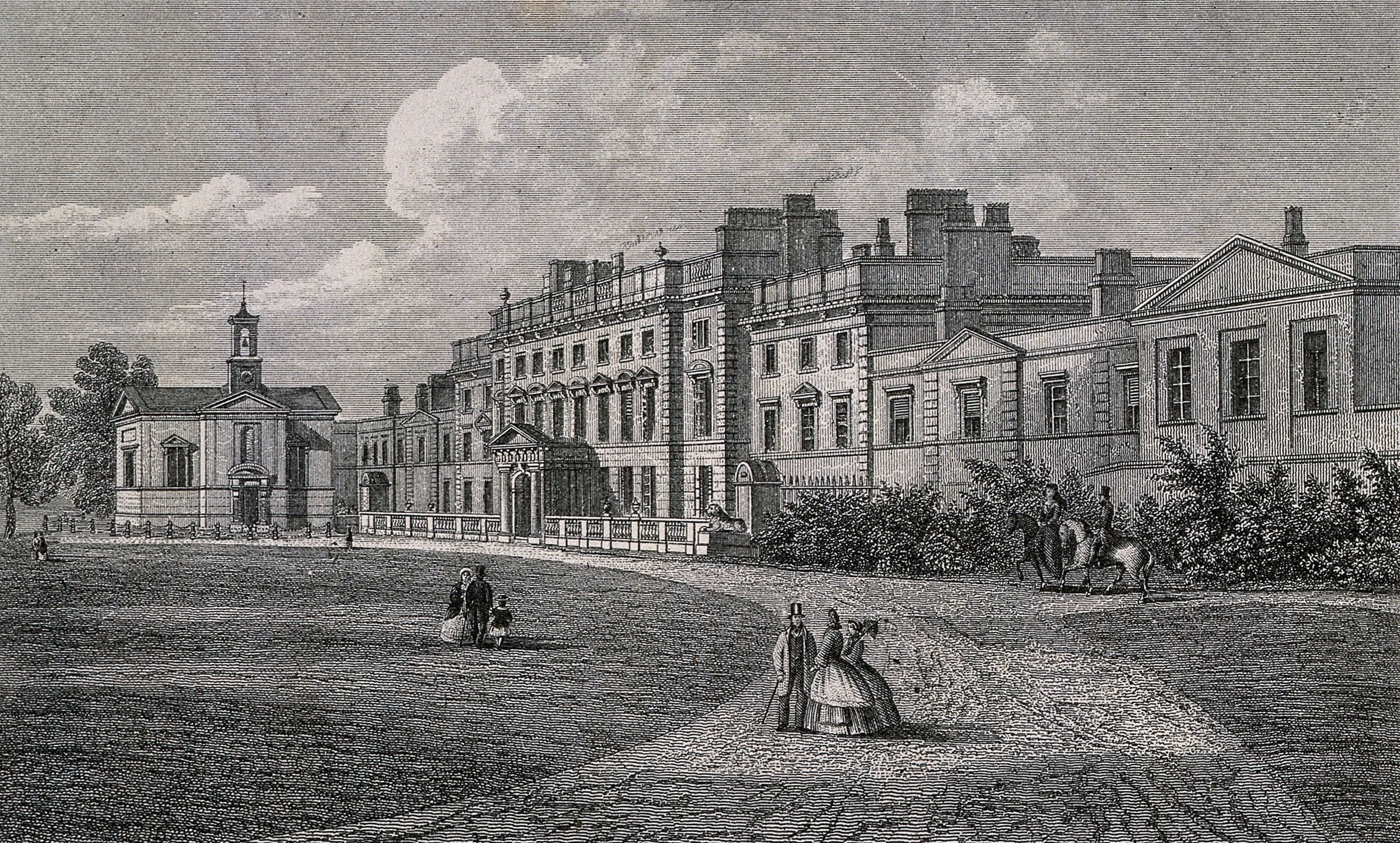About the project
I’m Laura Blair, a PhD researcher at Queen Mary, University of London. Broadly, my research focuses on the ways in which reading and writing were utilised as part of the ‘moral management’ regime in nineteenth-century British asylums.
The term ‘bibliotherapy’ was first used during World War One, and the practice was professionalised in America during the twentieth century. However, the idea that reading can hold powerful influence over the reader’s mental and even physical health finds its origins centuries earlier. Within nineteenth-century asylums, attitudes towards reading were expressed as medical directives, framing reading as both a potential cause of, and cure for, mental illness. As the print culture of the era rapidly developed, with a massive increase in periodicals and newspapers following the mid-century period, asylum professionals sought to facilitate an ‘ideal’ engagement with texts. Preliminary research indicates that reading was considered an important part of patients’ leisure and was often regarded as medically therapeutic; yet the importance of reading within the British asylum system has remained neglected by scholars examining the histories of reading, medicine, and material culture. This project will use a number of Victorian asylums across England, Ireland, Scotland and Wales as case studies to examine the conceptualisation of reading-as-therapy by medical and pastoral staff, and how this was practically applied in the asylum environment.
This project is funded by the Wellcome Trust, and supervised by Dr Jennifer Wallis (Imperial College London) and Dr Rhodri Hayward (QMUL).
Get in contact: l.e.g.blair@qmul.ac.uk, or @asylumlibraries on Twitter
Crichton Royal Institution, c.1881 (Wellcome Library, DGH1/2/2/2/7)
Banner images: Bath Asylum (Wellcome Library no. 15507i); Colney Hatch Asylum (Wellcome Library no. 22812i); Crichton Royal Institution (Wellcome Library DGH1/6/17/1).

